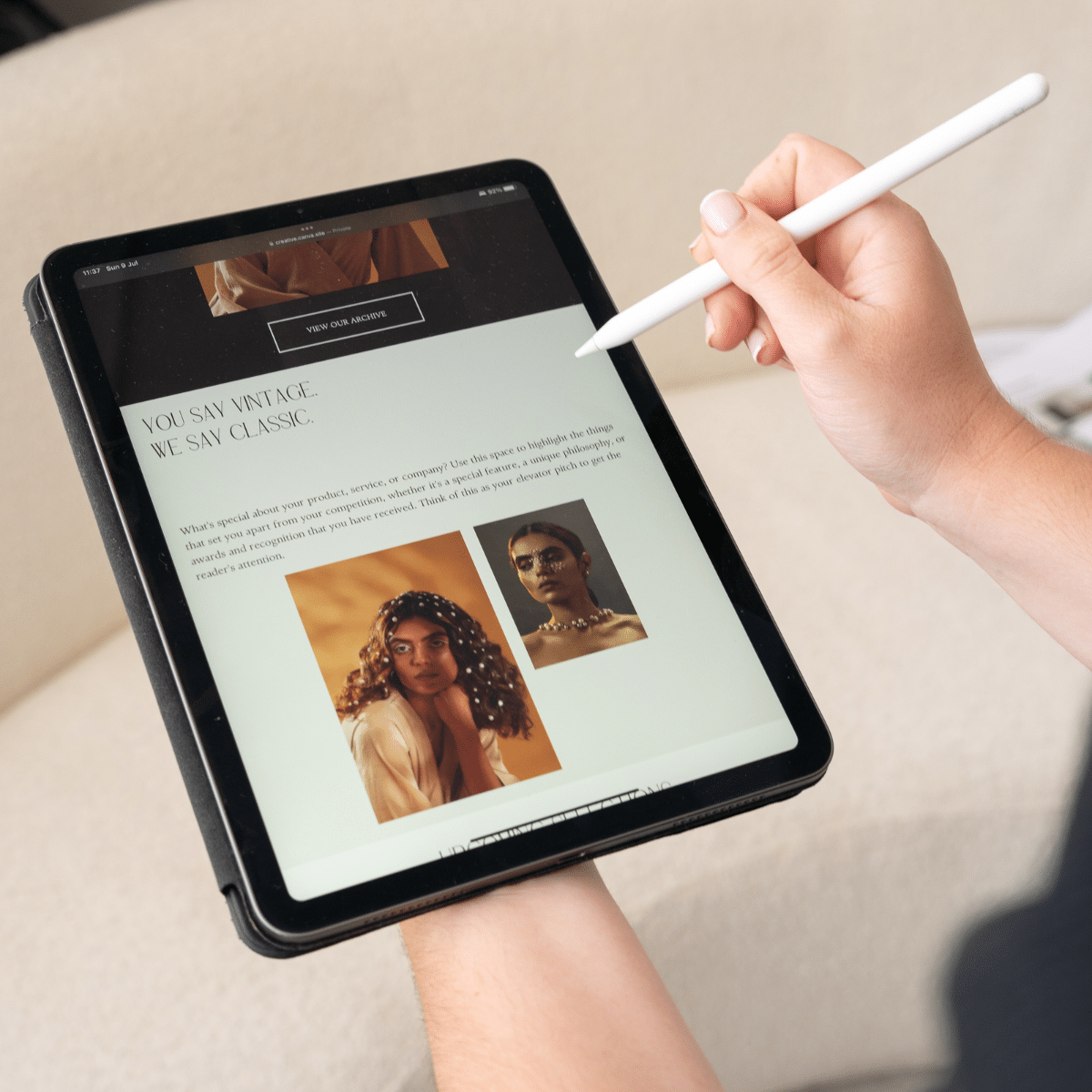Brand Equity in the Digital Age: Standing Out Amidst 10,000 Daily Messages.
If you have a brand, chances are you are part of the tidal wave of noise an average American tries to fight constantly. Research puts a number on this – a whopping 10,000 brand messages a day.
That is a lot of clutter eating up a person’s time, fatiguing their decision-making skills, getting them so overwhelmed that they develop an aversion to all things ads, and go back to the select line-up of brands they are comfortable giving their money to.
This rabbit hole of ads also shows the magnitude of competition your brand- especially if it’s a new one- stands to face and the sheer amount of force it would require for you to jostle your way to the front.
Brand equity is critical for this. Brand owners who don’t pay attention to growing their brand equity will struggle to get their brands the kind of attention it deserves, eventually losing out to their bigger competitors, thereby increasing their risk of going defunct.












